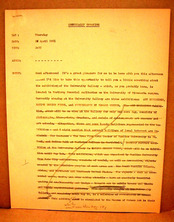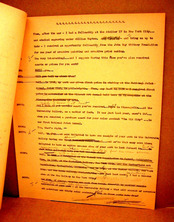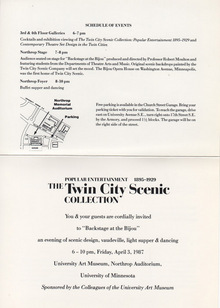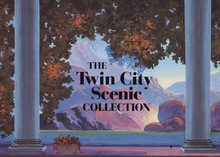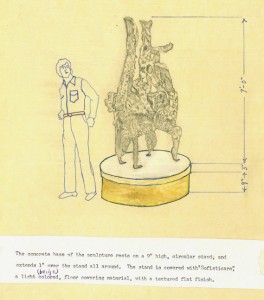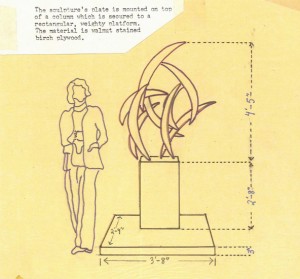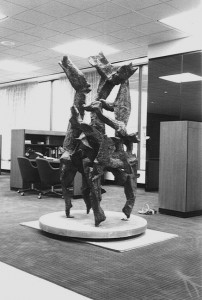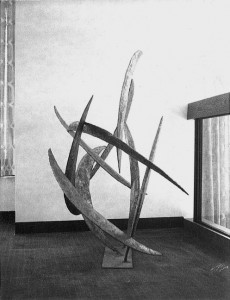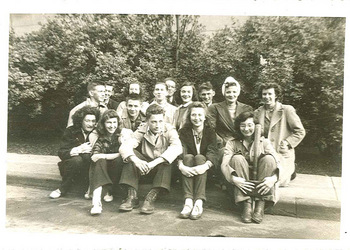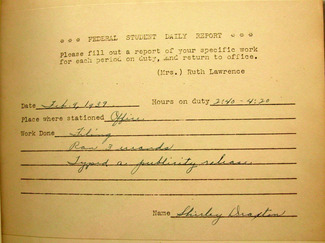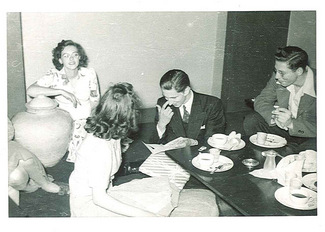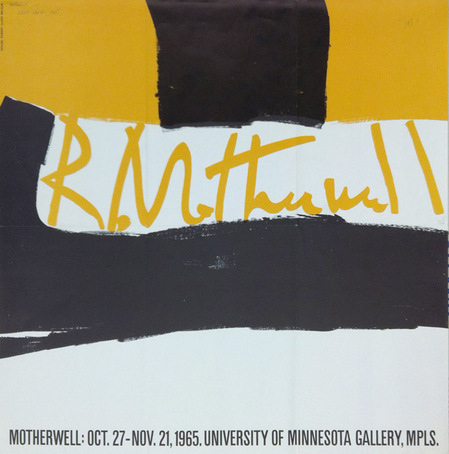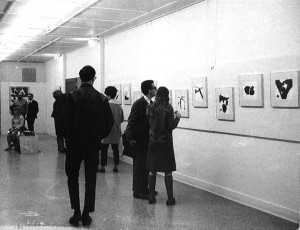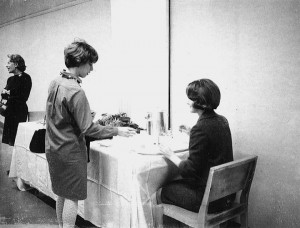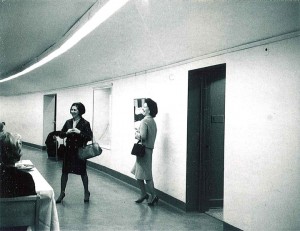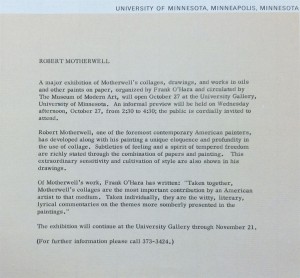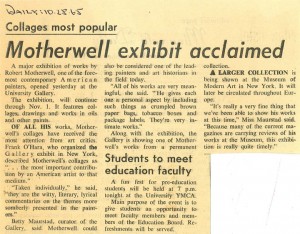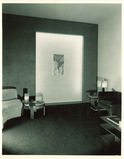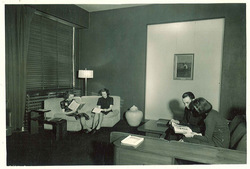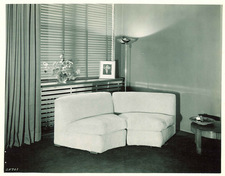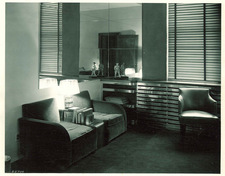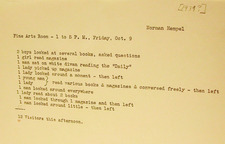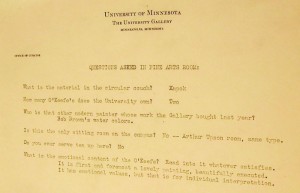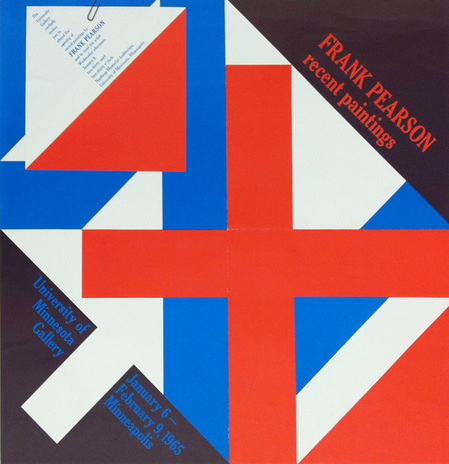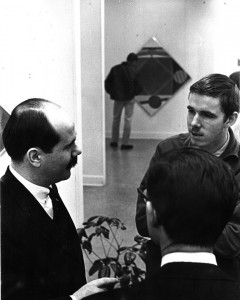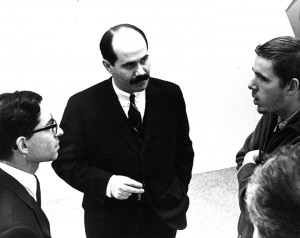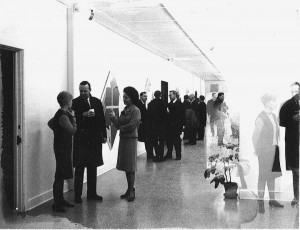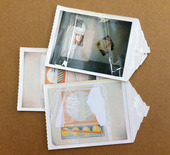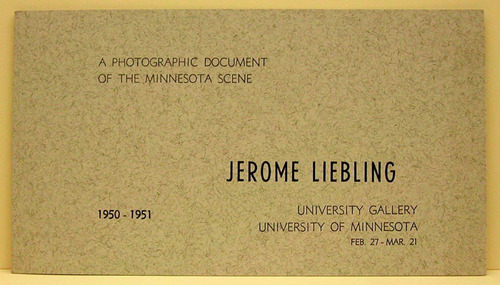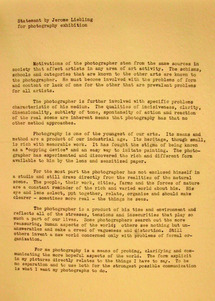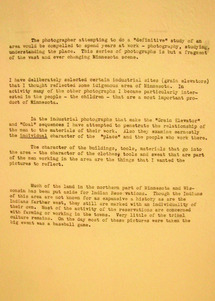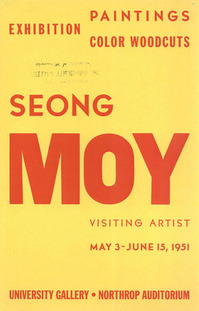 The artist Seong Moy was hired at the University as an Art Lecturer for the spring quarter of 1950-1951. As was customary for visiting artists in the Department of Art, an exhibition of Moy’s work was displayed at the Gallery during his appointment (exhibit dates: May 3-June 15, 1951).
The artist Seong Moy was hired at the University as an Art Lecturer for the spring quarter of 1950-1951. As was customary for visiting artists in the Department of Art, an exhibition of Moy’s work was displayed at the Gallery during his appointment (exhibit dates: May 3-June 15, 1951).
To learn more about Moy, I turned to the Archives of American Art, which has a vast collection of oral history interviews with American artists. I found a comprehensive oral history interview with Moy (the transcript is accessible on their website) in which I learned of his upbringing in China, immigration to Minnesota, development as an artist at the St. Paul School of Art and influences of other artists on his training, war service, teaching, and his time in New York with the Art Students League, amongst other topics…
As it turns out I didn’t need to refer to an external source to find more information on Moy, as there is another interview with the artist that is contained right here at the University – in the WAM collection. The transcript of the interview was found in Box 3, in a folder titled, “Seong Moy, Prints and Oils, May 3-June 15, 1951.” Clues from the transcript itself indicate the particulars behind the interview. The transcript is titled, “Critically Speaking” and is dated as “Thursday, April 26, 1951.” A time of, “2:00” is also indicated.
An article in the February 3, 1951 edition of the MN Daily titled, “KUOM Adds New Discussion Series on Entertainment,” indicates that “Critically Speaking” was a daily radio broadcast that featured “discussions on art, movies, radio, television, books and the theater. ” This particular broadcast of Critically Speaking begins with an introduction of current exhibitions and promotion of exhibitions that were forthcoming by a speaker identified as “Betty.” This is likely Betty Maurstad, a curator at the University Gallery.
Betty: … but the highlight of our spring exhibition program will be an exhibition of work by Mr. Seong Moy – which will open on May 3rd – just exactly one week from today. Mr. Moy, who is the visiting artist at the University of Minnesota during this spring quarter, has graciously accepted our invitation to be with us on the program this afternoon and so, at this time, I would like to introduce: Mr. Seong Moy.
Seong: How do you do.
Betty: You know, Mr. Moy – we’re really very much excited about your forthcoming exhibition at the University Gallery – and we’re delighted that you could take time from your teaching duties to be with me this afternoon – so you can tell me something about – oh, about your work – and about yourself.
Here are a few pages from the broadcast Critically Speaking, featuring artist Seong Moy:
View works by Seong Moy in the Weisman’s permanent collection in the Digital Content Library.
